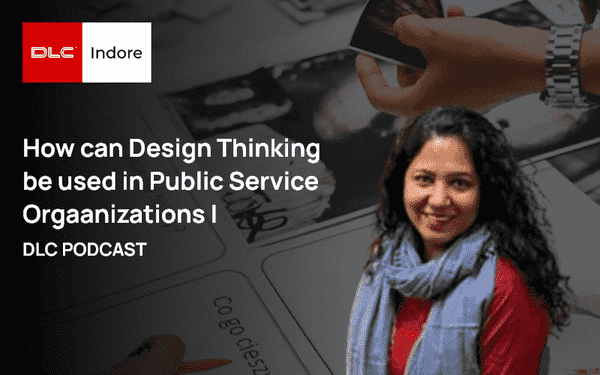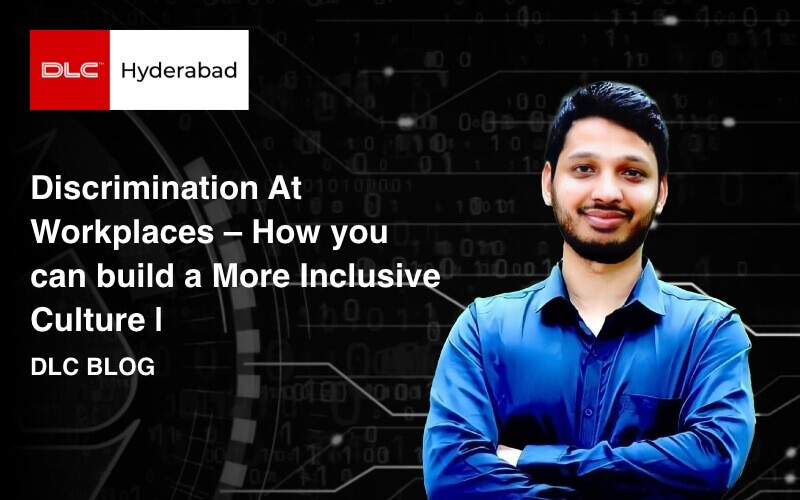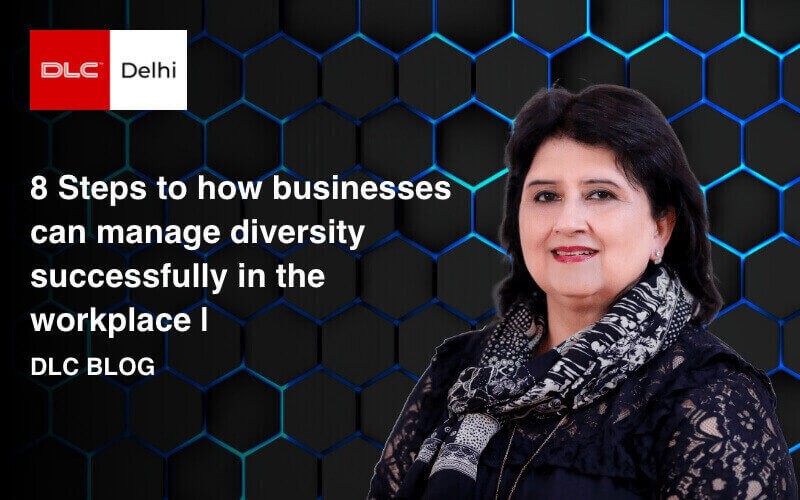

Discrimination At Workplaces – How you can build a More Inclusive Culture
Sukhendra Reddy Rompally
March 8, 2022
The recent shift to remote working made scouting talent from across the globe and onboarding people from different parts of the world a piece of cake. It goes without saying that a diverse workforce is more productive. Companies receive the benefits of creativity and innovation, a diverse work environment, enhanced employee performance, and more, when they welcome and value employees from all backgrounds without any discrimination.
However, inclusion is not the same as diversity. Consider inclusiveness as the next stage in successfully supporting a diverse workforce: it's all about building a welcoming and inclusive atmosphere for all employees. If you are looking to make a genuine impact and want to showcase commitment to creating an inclusive work environment, it’s important to understand the dynamics of your organization first. In this blog, we will discuss some tried and tested ways of creating a diverse and inclusive work environment.
Add inclusive principles to your core values A timely revision of your organization’s values can be a good place to start. In case your company already has provisions for diversity and inclusion, getting management involved in shaping policies that follow company values and employee needs can be your next step. Ask for thoughts and input from all employees to make the right impact. If your administration and HR teams aren't too diverse, Orient your company's leaders on the value of diversity and inclusion. Offering diversity and inclusion (D&I) training to executive-level managers is one example. Also, consider creating a safe space for your executives to address awkward or unpleasant questions before launching company-wide diversity efforts. Once leadership is at ease and onboard, they'll be invaluable assets in setting a genuine, inclusive tone for everyone.
Use inclusive language Model inclusive language in all professional communications. You can include your preferred pronouns in your email signatures and slack names, such as "Tia Michael, they/them," to exhibit inclusive culture. When referring to someone's spouse, use "spouse" or "partner" rather than the gender-specific - "husband" or "wife". Non-married couples can also benefit from the use of "Partner". Regardless of the language spoken in the office, multilingual signage can serve as a subtle reminder to employees that they are part of a more diversified world.
Celebrate diverse and inclusive events and initiatives To sensitize the world, there are several days in a year dedicated to celebrating and creating awareness about our different cultures and special abilities. Recognizing days such as - International women’s day (8th March), World autism awareness day (2nd April), International day of disabled persons (3rd December), or celebrating pride month by inviting guest speakers, or having an office lunch can be a great way of acknowledging the diversity of your company and being inclusive. Extending your holiday calendar to give minority groups and religions a day off can also be a fantastic way to create a healthy and diverse work environment. Ramadan, Muharram for Muslims, Diwali, Navrati for Hindus, Rosh Hashanah, and Yom Kippur for Jews are significant festivals that employees who celebrate them should be able to do so with their families on those days.
Create a collaborative environment Finding ways of collaborating across teams can be a great way for employees to spend time with each other and get to know one another better. Hosting events such as ‘bring your children to work day’, organizing team building activities or group volunteering can build an inclusive culture where everyone in the workplace learns to be sympathetic with those around them. A collaborative workplace may help break down divisions and foster inclusion across the organization, regardless of their function or department. For more isolated employees, a stronger HR presence is required. The OFCCP offers a list of workplace rights to protect employees from discrimination at their workplace. Some companies have also established an ‘inclusive task force’. These are passionate individuals who are responsible for bringing new ideas to leadership's attention and collaborating with all departments to implement and promote change in the organization.
To Conclude Inclusion revolves around the day-to-day interactions between employees, managers, leaders, teams, and peers. In other words, genuine inclusive workplace practices rely on leadership support and grassroots energy. As companies become more diverse and inclusive (D&I) inclined, hiring people from diverse backgrounds, with unique needs is also being adopted on a large scale. Chezuba is a platform that offers corporates the opportunity to engage their employees in virtual volunteering as part of their employee engagement programs. With over 7000 nonprofits from across the globe to choose from, employees can get a true sense of the problems such as discrimination some communities face and work towards building an inclusive and sensitized world.
Summary: A Diverse and Inclusive work environment is largely beneficial for an organization. Let’s look at some ways you can build an inclusive workplace for everyone.
Sukhendra is an IIT graduate and has worked in Malaysia, Russia, and Taiwan across disciplines like HR, Product Management, and Business Development. He founded the AIESEC chapter of IIT Dhanbad, and Chezuba – the global online volunteering platform. Honoree of Forbes 30 under 30 in Asia 2020. He helps corporates manage their CSR programs and Employee Volunteering activities
Want to connect ?




































































